|
Kingdom of Trinh Tuong houses
Huu Khanh Commune in Binh Loc District is locally known as the "kingdom" of Trinh tuong houses, streets of Trinh tuong houses or land of Trinh tuong houses.
Visitors to Chi Ma Border Gate in Lang Son Province will be amazed at the streets of old Trinh tuong (earthen) houses that stretch for three kilometers. Strangely, these houses are made of clay but they are very solid and firm and have existed for over 100 years. Many of them have one floor.
Ha Van Bon, Chief of Kieng Hamlet said: “Nobody knows when Trinh tuong houses were built in this area. When the Tay ethnic people came here to settle, there were Trinh tuong houses. Now nobody builds such houses and only Ha Van Dan knows the secret of building them.”
We visited the houses owned by Dan, a Tay ethnic man over 80 years old. These earthen houses stand next to each other stretching more than 30m. They have one floor and connecting doors.
Asked about the construction of these houses, Dan became brisk and said: “The Tay people have two techniques of building the Trinh tuong houses. For the houses totally built with earth, the clay is selected and compressed into frames to make the walls. For the second type, moulds are used to make bricks from the clay to build the houses, but unlike the construction of modern houses, clay is also used as the glue and mortar.”
Dan also said that choosing the area to erect the houses was the most difficult. According to the feng shui of the Tay people, the houses must face south and lean on the mountain, like the houses of the Kinh ethnic people. Huu Khanh area has a hilly and mountainous terrain, so it is most appropriate to build the houses on the hill sides.
Most importantly, the place where the houses are built must have many trees, preferably old trees, because according to the long-standing experience of the Tay people such an area will never erode.
The construction of Trinh tuong houses with one floor requires very high skills. The most difficult steps are consolidating the foundation and building the pillars of the houses. For the foundation, the stones must be tightly placed to ensure its firmness and force-resistance.
The four power-resistant pillars at the corners of the house must also be reinforced with stones before the walls are made. In the past, the steps of selecting the earth and placing the stones for the foundation and pillars had to be taken by Dan, because he said if these step were not taken properly, the house could collapse at any time.
The Tay people said that the walls of a good Trinh tuong house are waterproof in the rainy season. To make the walls which are waterproof even on consecutive rainy days, the step of compressing the clay must be done carefully and meticulously.
For some houses in the past, it took Dan over three months to complete the phase of compressing the clay.
Trinh tuong houses are warm in winter and cool in summer. They are resistant to the wind and heat. The sole defect of the houses are that they are often moldy because of the dampness in the rainy season. To solve this problem, the Tay people erect a cooking fire in the middle of the house to warm themselves and prevent the mold. The smoke from the fire clings to the walls, making the houses look old and mossy.
Huu Khanh Commune has seven hamlets with over 1,000 Trinh tuong houses which are still intact. Binh Loc District is devising a project to preserve the streets of Trinh tuong houses in Huu Khanh Commune to promote cultural tourism in the near future.
Source: VNP
|
Thứ Bảy, 18 tháng 1, 2014
Đăng ký:
Đăng Nhận xét (Atom)
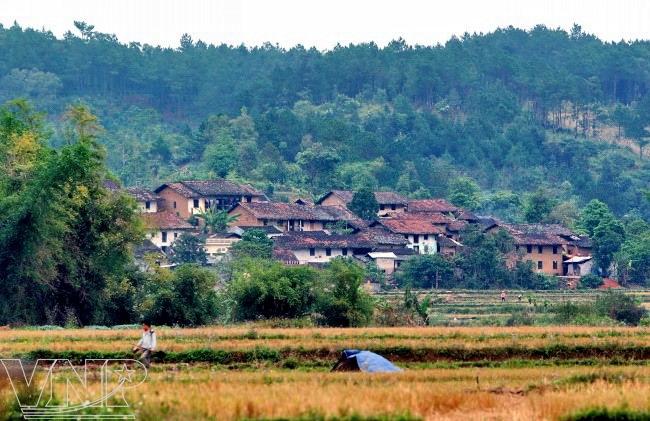
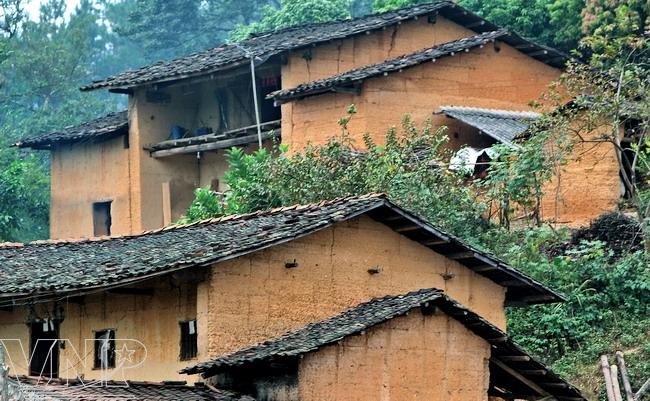
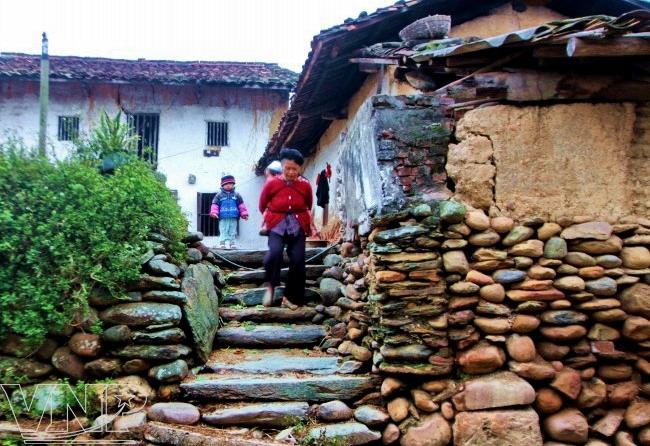
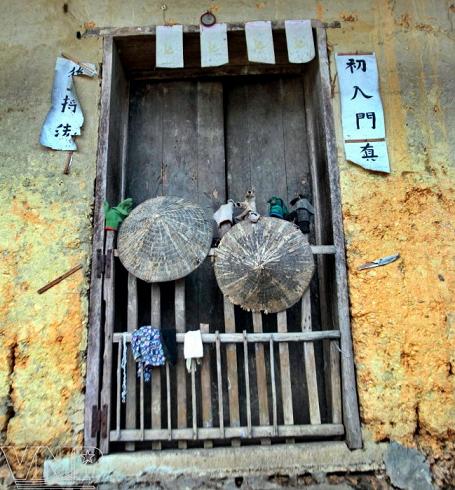
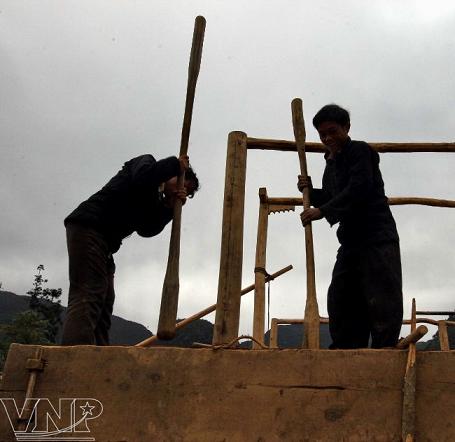
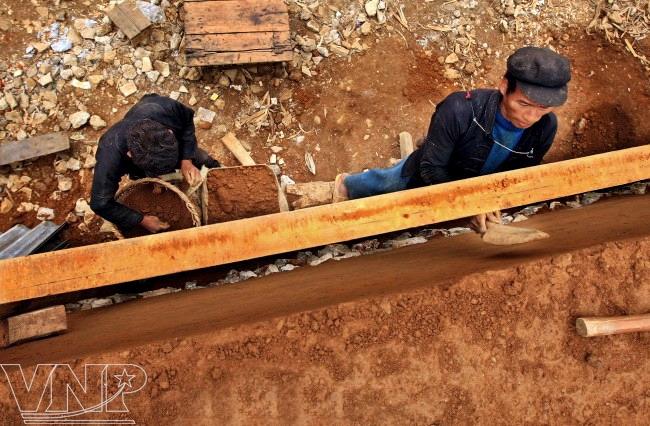
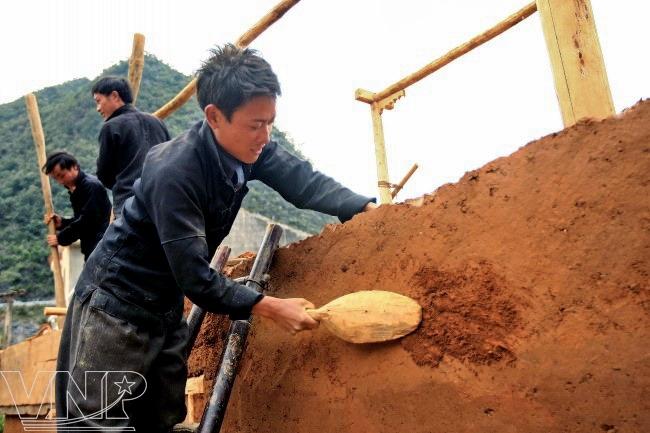
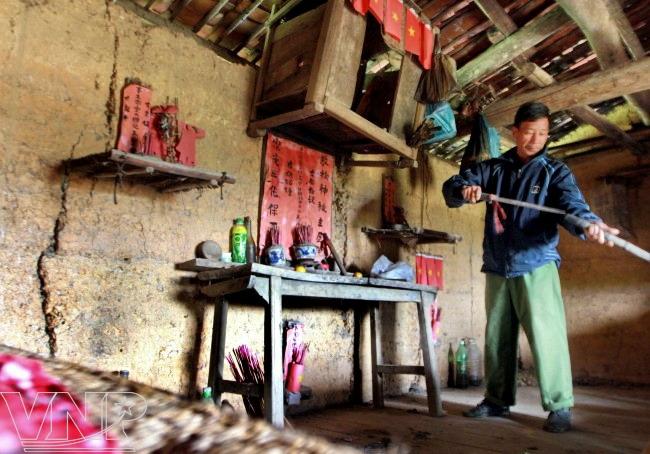
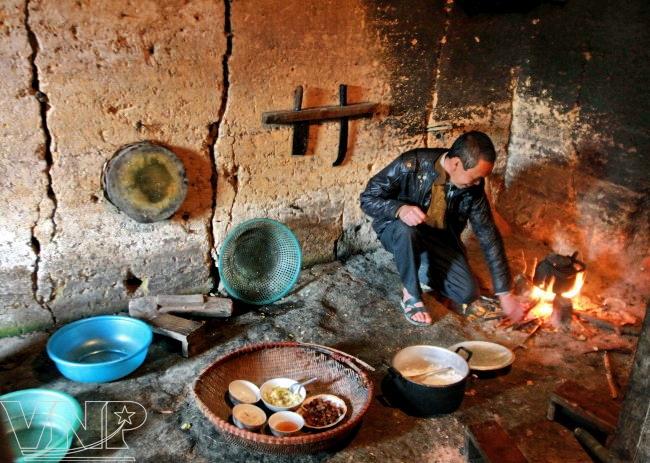
Không có nhận xét nào:
Đăng nhận xét